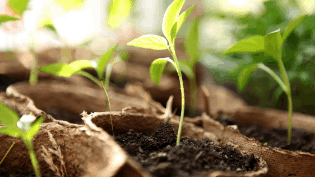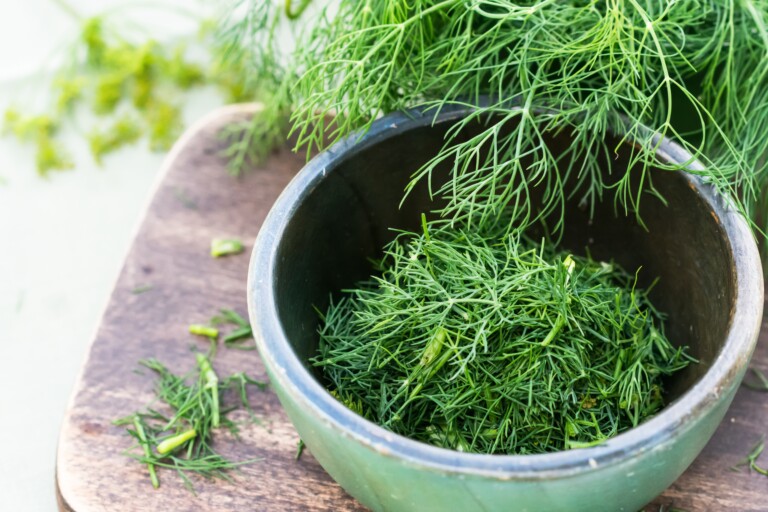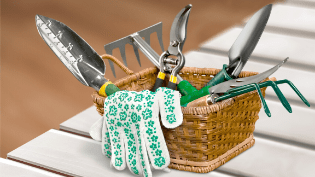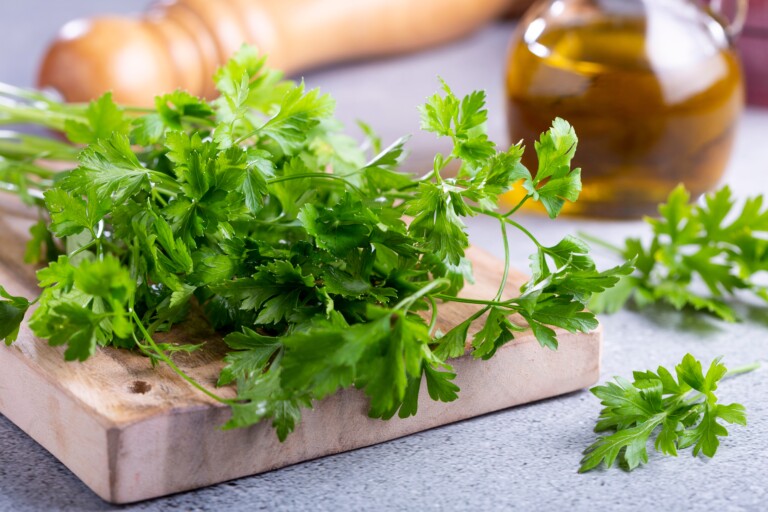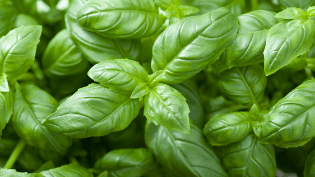Grow Coriander from Seeds
Coriander is a herb that is widely used in cooking, especially in Indian and Mexican cuisine. The plant is also known as cilantro or Chinese parsley, and it is easy to grow from seeds indoors. In this article, we will provide you with step-by-step instructions on how to grow coriander from seeds indoors.
Coriander is a fast-growing herb that can be grown indoors throughout the year. Growing coriander from seeds indoors is an excellent way to have fresh, fragrant coriander available for use in your kitchen. The best thing about growing coriander indoors is that you can control the growing conditions, including temperature, light, and humidity, to ensure that the plant thrives. Here is a guide on how to grow coriander from seeds indoors.
Section 1: Preparing the Soil
The first step in growing coriander from seeds indoors is to prepare the soil. Coriander grows well in well-draining soil that is rich in organic matter. You can either use a commercial potting mix or prepare your own soil mix by mixing equal parts of garden soil, compost, and sand.
Section 2: Planting the Seeds
Once you have prepared the soil, it’s time to plant the coriander seeds. You can either sow the seeds directly into the pot or start them in a seed tray and then transplant them into the pot once they have grown a few inches tall. Here are the steps to follow when planting coriander seeds indoors:
- Moisten the soil: Coriander seeds need moist soil to germinate. Water the soil lightly before planting the seeds.
- Sow the seeds: Sprinkle the coriander seeds on the soil surface, making sure that they are evenly spaced. Cover the seeds lightly with a thin layer of soil.
- Water the seeds: Use a watering can with a fine spray nozzle to water the seeds gently. Keep the soil moist but not waterlogged.
Section 3: Caring for the Coriander Plant
Once the coriander seeds have germinated, the plant requires proper care and attention. Below are the essential steps to follow:
Firstly, coriander plants need an adequate amount of sunlight, at least six hours a day. If natural sunlight is not available, one can use artificial lights to provide the necessary light.
Secondly, maintaining the right temperature is crucial for coriander plants’ growth. The ideal temperature range for coriander to grow well is between 60°F and 75°F (15°C and 24°C).
Thirdly, regular watering is essential to prevent the soil from drying out, but one must be careful not to overwater the plant as it can lead to root rot.
Fourthly, coriander plants require regular feeding to promote growth. Liquid fertilizer can be used every two weeks to feed the plant.
Finally, to encourage bushy growth, the tips of the plant can be pinched off once it has grown to a height of 4-6 inches.
Section 4: Choosing the Right Container
When growing coriander from seeds indoors, it is important to choose the right container. Coriander does not require a large pot to grow, but it does need a pot with good drainage. You can use a plastic or ceramic pot that is at least 6 inches deep and has a diameter of at least 8 inches. Make sure that the pot has drainage holes at the bottom to allow excess water to drain out.
Section 5: Germinating Coriander Seeds
Germinating coriander seeds is a crucial step in the process of growing coriander from seeds indoors. To ensure that the seeds germinate successfully, you can follow these steps:
- Soak the seeds: Soaking the seeds overnight in water can help to soften the seed coat and speed up the germination process.
- Use a seed tray: You can use a seed tray to germinate the seeds before transplanting them to a larger pot. Fill the tray with moist soil, and sow the seeds on the surface. Cover the tray with a plastic lid or cling film to keep the soil moist.
- Keep the tray in a warm, bright location: Coriander seeds need warmth and light to germinate. Keep the seed tray in a warm, bright location near a window or under a grow light.
- Wait for the seeds to germinate: Coriander seeds usually germinate within 7-10 days. Once the seedlings have grown a few inches tall, they can be transplanted into a larger pot.
Section 6: Harvesting Coriander
Once your coriander plant has grown to a height of 4-6 inches, it’s ready to be harvested. Harvesting coriander is a simple process that involves pinching off the leaves. You can do this either by using scissors or by gently pulling them off with your fingers. It’s best to start from the top of the plant, leaving the lower leaves intact to encourage bushy growth. Fresh coriander leaves can be used in a variety of dishes such as soups, stews, curries, and salads.
If you’re interested in harvesting coriander seeds, you’ll need to wait until the plant flowers and produces seeds. Once the seeds have turned brown, cut off the seed heads and hang them upside down in a dry, airy location. Once the seeds have dried completely, remove them from the seed heads and store them in an airtight container.
Section 7: Common Problems with Growing Coriander Indoors
While coriander is an easy herb to grow, it can still be prone to certain problems. One common issue is damping off, a fungal disease that affects seedlings. To prevent damping off, make sure that the soil is well-drained and the seedlings aren’t overwatered.
Another problem that you might encounter is aphids, small sap-sucking insects that can infest coriander plants. To control aphids, you can spray the plant with a mixture of water and dish soap or use insecticidal soap.
Powdery mildew is a fungal disease that can also affect coriander plants. To prevent powdery mildew, make sure that the plant isn’t overcrowded and has good air circulation. If powdery mildew does appear, you can spray the plant with a mixture of water and baking soda or use a fungicidal spray.
Lastly, coriander plants tend to bolt or produce flowers and seeds, in hot weather. To prevent bolting, make sure that the plant is growing in a cool location and isn’t exposed to direct sunlight for extended periods.
Section 8: Benefits of Growing Coriander Indoors
Growing coriander from seeds indoors has many benefits. For one, you’ll have fresh coriander available year-round, regardless of the weather outside. You’ll also have complete control over the growing conditions, including temperature, light, and humidity, which can help ensure that the plant thrives and produces a healthy crop. Plus, growing coriander from seeds indoors is cost-effective and easy to care for. It’s a great way to have fresh herbs available for use in your kitchen and can be done by novice gardeners with the right care and conditions.
Frequently Asked Questions
Here are some frequently asked questions about growing coriander from seeds indoors:
How long does it take for coriander seeds to germinate?
- Coriander seeds usually germinate within 7-10 days.
Can I grow coriander from store-bought seeds?
- Yes, you can grow coriander from store-bought seeds. However, make sure that the seeds are fresh and have not been treated with any chemicals.
How often should I water my coriander plant?
- You should water your coriander plant every 2-3 days or when the top inch of the soil feels dry to the touch. Be careful not to overwater the plant, as this can lead to root rot.
How can I prevent my coriander plant from bolting?
- Coriander plants tend to bolt (produce flowers and seeds) in hot weather. To prevent bolting, make sure that the plant is growing in a cool location and is not exposed to direct sunlight for extended periods.
Can I grow coriander in a small pot?
- Yes, coriander can be grown in a small pot, as long as the pot has good drainage and the soil is kept moist. However, a larger pot will allow the plant to grow to its full potential.
Growing coriander from seeds indoors is a fun and rewarding activity that can provide you with fresh coriander for use in your kitchen all year round. With the right growing conditions and care, you can have a healthy and productive coriander plant that produces a fragrant crop of leaves and seeds. Remember to choose the right container, germinate the seeds properly, care for the plant, and harvest the leaves and seeds as needed. With these tips and tricks, you can enjoy the many benefits of growing coriander from seeds indoors.
